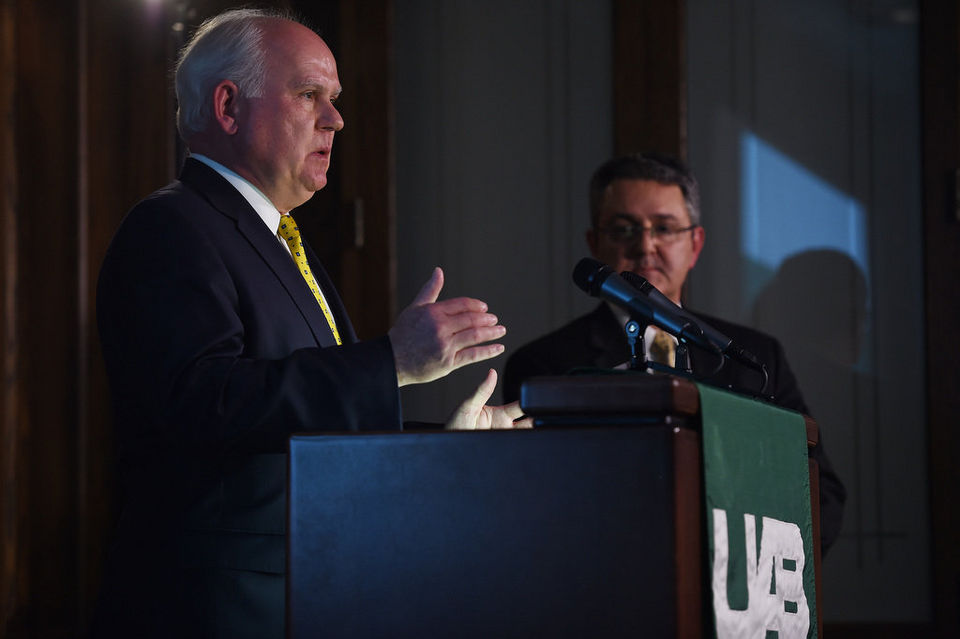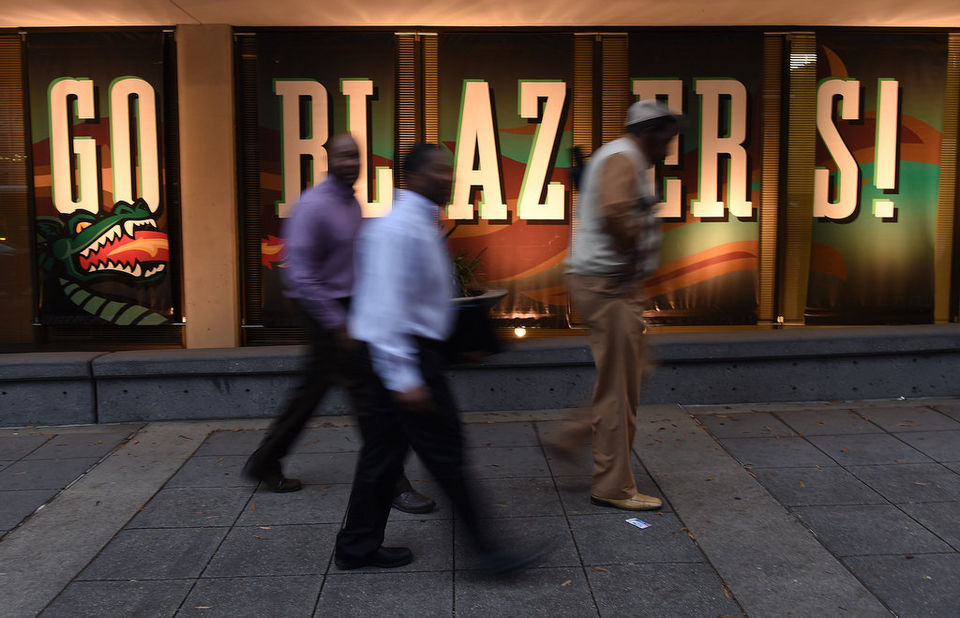Cheer UAB’s courageous leadership in exiting football: guest opinion
By John Gerdy, Published December 6, 2014 in Birmingham News – See Online Article Here
As the entire city now knows, after a campus-wide study, UAB made the decision to discontinue its football program.
President Ray Watts and the university’s board and leadership team should be roundly applauded because they have provided something that has long been sorely lacking in the landscape of American higher education — specifically, courage, leadership, common sense and educational vision as it applies to big-time college athletics.
Make no mistake about it. This decision and their example will be felt throughout the nation. It could very well be a seminal moment in the history of college athletics reform and higher education governance.
The driving force behind this decision is the NCAA’s recent approval of a measure to give more autonomy to the five powerhouse conferences (Big Ten, SEC, Pac-12, ACC and Big 12), allowing them more flexibility to provide additional benefits to athletes. Some estimate that the added cost of “keeping up” with programs that will provide these benefits at $5million per year. This will undoubtedly significantly increase the competitive distance between the “haves” and the “have-nots”.
While some may not agree with the decision, it is clearly in the best, long-term interest in what is, above all else, an academic institution. UAB’s thinking should be applauded as an example of not only intelligent, strategic, long-term planning in recognizing and responding to, a rapidly changing financial and competitive environment, but also for the courageous leadership required in making such a decision.
Rather than bemoan these financial and competitive realities, UAB’s leaders had the courage, wisdom and vision to take advantage of the opportunity these changes present to provide the necessary “cover” to gracefully exit the deficit-ridden, big-time football rat race. UAB leaders should be applauded for sending a strong message that as much as we love athletics, it is far more important that we value education more.
Simply put, when you are trapped in a never ending, ultra-competitive and expensive rat race that yields increasingly fewer real institutional educational and student academic benefits, being “left behind” isn’t necessarily something to be lamented. It can also be seized as a timely opportunity to strengthen the academic core and mission of the institution.
Over time, competitive and financial realities change. A school that refuses to recognize those changing realities risks damage to its ability to fully meet its institutional mission which, at its foundation, is about education. Expecting academic institutions to continue to fall on a financial sword for athletics in the name of alumni ego and a national profile based on sports is, quite frankly, irresponsible.
UAB took an honest look in the mirror and came to the correct conclusion in accepting the increasingly obvious reality that there will never be a day where they can consistently compete on anything that even resembles a level playing field with the likes of Alabama, Texas and Ohio State. These schools operate in different universes. And the difference is only going to become more pronounced. Like a smart poker player who recognizes when to “fold ’em”, the NCAA’s restructuring provided a much needed opportunity to gracefully exit a game that no longer makes sense.
So three cheers for UAB! They did the right thing for their student body, the community and American higher education. We should applaud it as an example of true, courageous educational leadership, which has been sorely lacking when it comes to the role that big-time football should play in our educational system. We can only hope that their courage, leadership and vision serves as an example for other schools, that are in the same financial and competitive boat, to follow.
John Gerdy served as associate commissioner of the Southeastern Conference (1989-95) and NCAA (1986-89). His new book, “Ball or Bands: Football vs. Music as an Educational and Community Investment”, has just been released.



